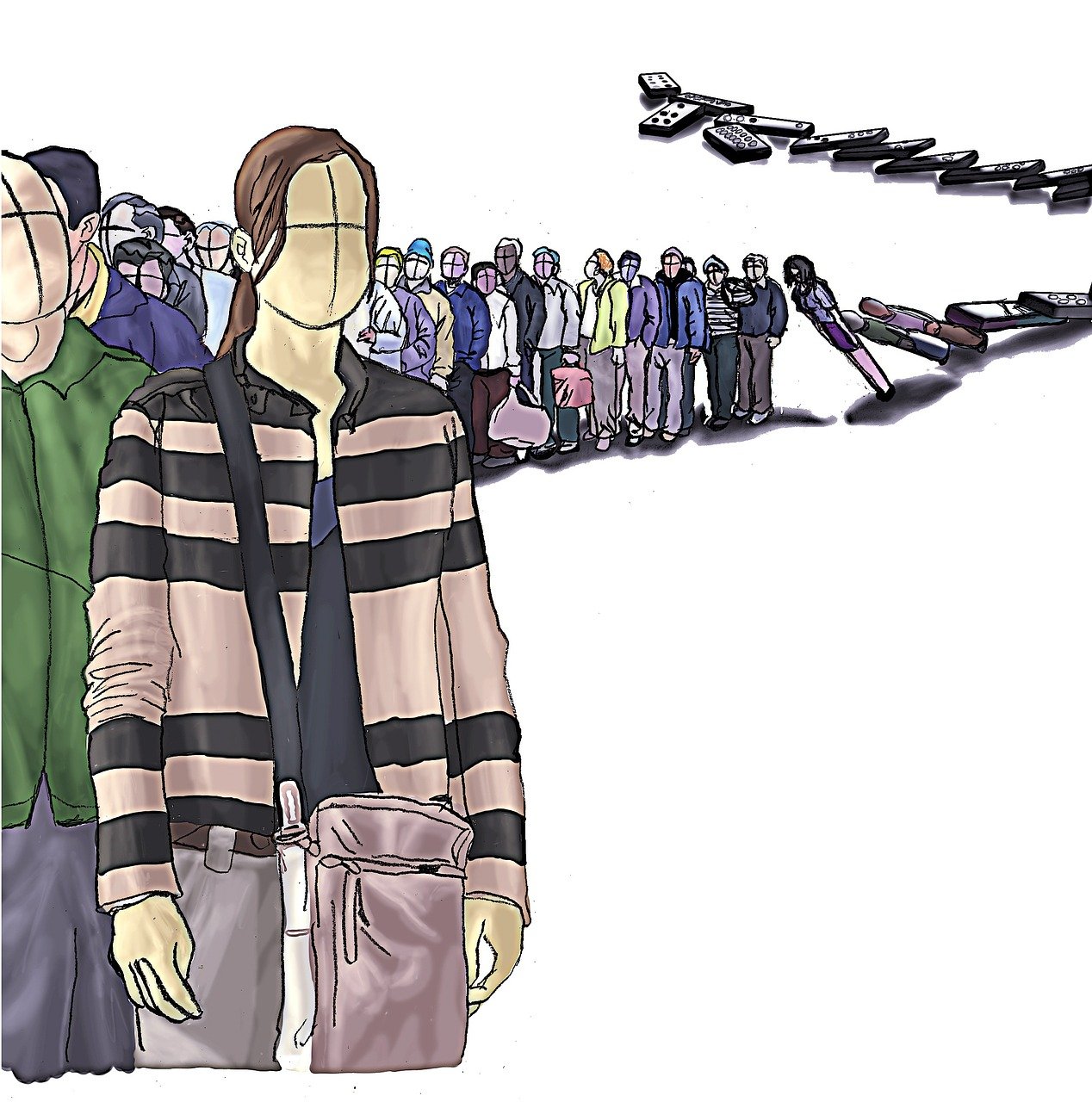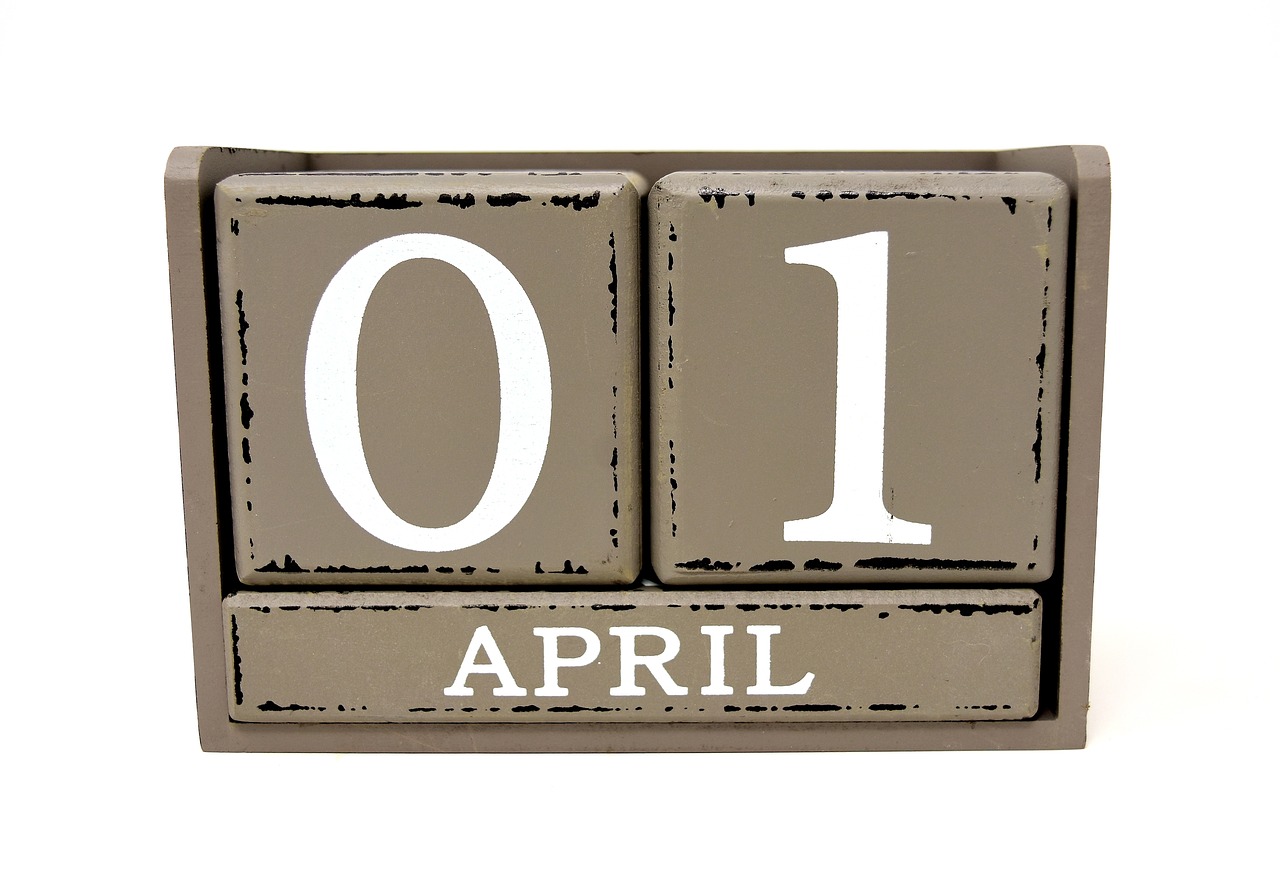 The U.S. Department of State’s Bureau of Consular Affairs recently published the September Visa Bulletin. In this blog post, we breakdown the movement of the employment-based and family-sponsored categories in the coming month.
The U.S. Department of State’s Bureau of Consular Affairs recently published the September Visa Bulletin. In this blog post, we breakdown the movement of the employment-based and family-sponsored categories in the coming month.
USCIS Adjustment of Status
For employment-based preference categories, the U.S. Citizenship and Immigration Services (USCIS) has confirmed it will continue to use the Final Action Dates chart to determine filing eligibility for adjustment of status to permanent residence in the month of September.
For family-sponsored preference categories, USCIS will continue to use the Dates for Filing chart to determine filing eligibility for adjustment of status to permanent residence in the month of September.
Highlights of the September 2024 Visa Bulletin
Employment-Based Categories
EB-3 Final Action Dates
- The Final Action date for EB-3 Professionals and Skilled Workers will retrogress by one year, to December 1, 2020, for all countries, except for China and India
- The Final Action date for EB-3 Other Workers will retrogress by one month, to December 1, 2020, for all countries except China, India, and Philippines
Other Categories
- The Final Action dates and Dates for Filing for the remaining employment-based categories remain unchanged from the August Visa Bulletin
Employment Based Demand Will Reach FY 2024 Limits in September
- The State Department warns applicants that there has been in an increase in demand for employment-based visas during the fiscal year. Due to this, the employment-based categories will reach the numerical limits during September, or even sooner.
Family-Sponsored Categories
- The Final Action dates and Dates for Filing for the family-sponsored categories remain unchanged from the August Visa Bulletin
Now let’s dive into our analysis.
 Visa Lawyer Blog
Visa Lawyer Blog












